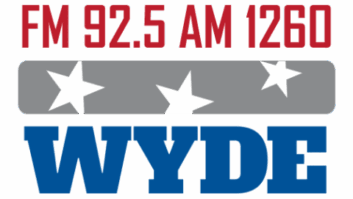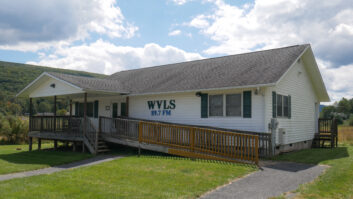U.S. radio engineers are building up experience with modulation-dependent carrier level operation on AM stations.
Among broadcasters using the power-saving MDCL approach is Crawford Broadcasting, as RW has reported previously. The FCC recently started to allow U.S. AM stations to use such techniques through rule waivers.
(click thumbnail)
The MDCL at work. This screen shot from KLTT’s NX50 transmitter shows the power output at the instant the shot was taken as 30.5 kW with the power output set to 52.65 kW.

Director of Engineering Cris Alexander provides an update in the company’s latest engineering newsletter.
“We now have two full months under our belts with the KCBC modulation-dependent carrier level operation, which we started in late October,” he wrote, referring to a Crawford station in Manteca, Calif. “For both November and December of 2011, our energy usage was reduced by 21% over the same period in 2010.”
Crawford recently also has begun MDCL operations on AM stations WXJC and WYDE in Birmingham, Ala.; and KLTT in Commerce City, Colo. All these AM stations are using Nautel transmitters.
“WXJC is another 50 kW AM, and [engineer] Stephen Poole performed the required firmware update on the AM-IBOC HD exciter to enable the MDCL option. We look forward to gauging the energy savings at that station starting here in a month or so.”
He wrote that Poole wanted to try MDCL on 5 kW WYDE as well, “not so much for the energy savings but as a means to simply reduce stresses on the transmitter. As with WXJC, all it took was a firmware upgrade and enabling the MDCL option. Once we learned how, enabling the MDCL option on the new KLTT [Nautel] NX50 was a piece of cake.”
The stations are using the AMC algorithm, which reduces the carrier with modulation; it returns to full power during low or zero modulation.
“I have had the opportunity to evaluate the effects of the MDCL operation on the signal firsthand and … well… I haven’t detected any,” Alexander continued. “The signal is strong and robust, maybe even louder than before, and the digital performance is outstanding (we get a digital lock in about one second on most receivers).”
Alexander noted a related implication: “One thing that occurred to me as I was thinking about all those power savings is that if we operate our aux transmitters at KLTT or KCBC (where we have full-power auxiliaries), in about 15 minutes we will produce a peak demand that is the same as it used to be, something that will really hit us in the wallet.”
For KLTT, he wrote, this is not a concern. “The ND50 aux is driven by a two-year-old AM-IBOC exciter. We were able to do a firmware update to the AM-IBOC and enable the MDCL option. So now both the main and the aux operate with AMC with 3 dB of carrier reduction. We can, if we need to, operate the KLTT aux at full power (including digital carriers) without much of a power cost penalty.”
But at KCBC, its ND50 aux is driven by an older NE-IBOC exciter that can’t be updated for MDCL. “So for the moment and until further notice, if we have to use the ND50, we will operate it at 25 kW to hold the peak demand down and avoid the utility bill hit.”
Share your first-person experiences with MDCL. Write to [email protected].



